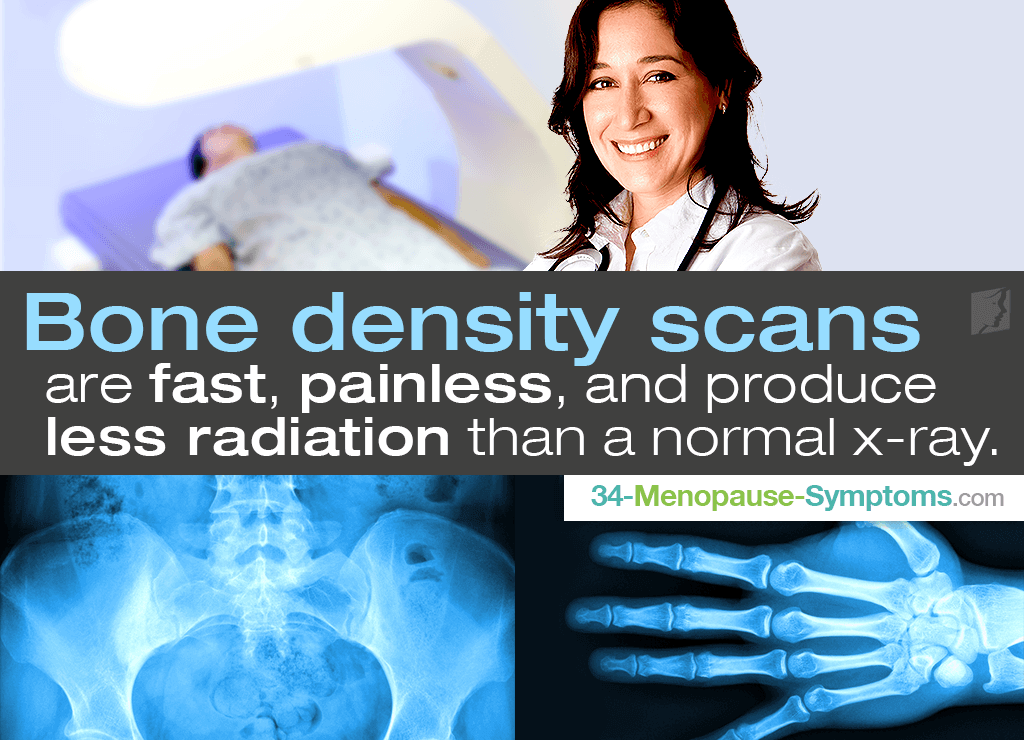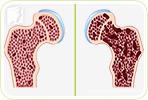If you suspect you may have osteoporosis, one of the best ways to learn more is to undergo a bone density scan. This is a common procedure that many doctors perform for their patients, but it can be a nerve-wracking experience for any patient undergoing the test for the first time. To learn more about bone density scan preparation, keep reading.
How to Prepare
Luckily, there is very little physical preparation required on your part. You do not need to do anything special before the exam, and the doctor will take care of all the preparation. The only preparation for a bone density test that may be helpful for you is to understand more about the test itself and what it entails.
What to Expect
Bone density scans are fast and painless. In most cases, you will not even have to undress at all. It functions similarly to an x-ray, but produces such low-level x-rays that it is safer and produces less radiation than a normal x-ray.
The most common bone density scan is performed by a DEXA machine. There are slight differences between the two different types of DEXA machines.
A central DEXA is much larger, and scans your spine and hips, so you will need to lie down on a table for this procedure. The scanner will pass over your body in order to scan the bones that need to be examined.
A peripheral DEXA is much smaller, and has no attached table. You simply need to place an extremity, such as a hand or foot, into the open space in the machine and it will scan the bones in that area.
What Results Mean
A bone density scan will provide you with a T-score as well as a Z-score. The T-score compares the density of your bones to the density of the bones of a healthy young person, whereas the Z-scores compares your data to the data of the average person your age. In both cases, a negative score means that you have less bone density than the average.
Things to Consider
Before undergoing a bone density scan, tell your doctor if you are pregnant or possibly pregnant, as well as if you have recently had any exam that needed an injection of contrast material, such as many types of CT scans. Contrast materials are likely to interfere with bone density scans.
A bone density scan can be incredibly expensive, and the test will not always be covered by every type of insurance, depending on your age and medical history. Additionally, a central DEXA will cost more than a peripheral DEXA, but is likely to be of more use because it covers the bones under the most stress in the body that are more likely to weaken.
It is also important to remember that these scans can show that bone density has suffered, but they cannot determine the exact cause. A full medical evaluation is typically needed to make a specific diagnosis, as well as to determine treatment.
Knowing more about preparation for a bone density test can help to calm your nerves and help you learn more about the test itself. A negative score on the test means that you have less bone density than the average. For more information on weak bones, learn more about nutrition for osteoporosis.
Sources
- Mayo Clinic. (2014). Bone Density Test. Retrieved May 25, 2017 from http://www.mayoclinic.org/tests-procedures/bone-density-test/basics/why-its-done/prc-20020254
- National Health Service UK. (2016).DEXA (DXA).Retrieved May 25, 2017 from http://www.nhs.uk/conditions/DEXA-scan/Pages/Introduction.aspx
- National Library of Medicine U.S. (2015). Bone mineral density test. Retrieved May 25, 2017 from https://medlineplus.gov/ency/article/007197.htm



